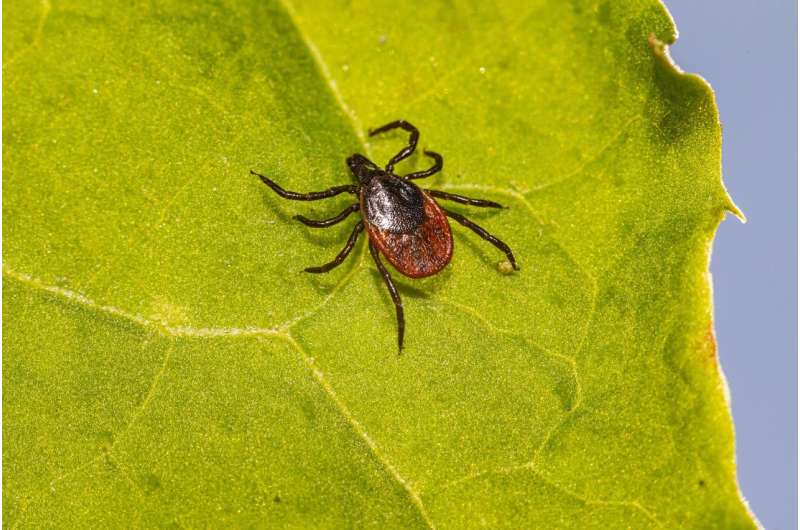Understanding the Long-Term Symptoms of Lyme Disease

Learn about the persistent symptoms of Lyme disease, how it spreads, and effective prevention strategies to protect yourself from this tick-borne illness.
Lyme disease, caused by the bacterium Borrelia burgdorferi, is a tick-borne illness transmitted through bites from infected deer ticks, also known as black-legged ticks. These ticks are prevalent across most regions of the United States, with higher incidence rates in the Northeast, Midwest, and mid-Atlantic areas. The disease was first identified in Lyme, Connecticut, in the 1970s, leading to its name. In California, Lyme disease carriers are primarily western black-legged ticks found in northern coastal counties and Sierra Nevada foothills.
Between 2013 and 2019, California reported a total of 904 Lyme disease cases, with the highest rates in Santa Cruz, Humboldt, and Sonoma counties. Diagnosing Lyme disease can be challenging because its symptoms are varied and often mimic other conditions, including headaches, fatigue, joint pain, and body aches. Additional symptoms may include balance issues, memory problems, myocarditis, anxiety, insomnia, and depression.
Most individuals recover fully when treated promptly with a 2 to 4-week course of antibiotics. However, some experience prolonged symptoms—such as persistent fatigue, body aches, and cognitive difficulties—that can last for months or even years. This lingering condition is often referred to as Post-Treatment Lyme Disease Syndrome (PTLDS), and its exact cause remains unknown.
The infection process begins when a tick bites and attaches to the host’s skin, then releases bacteria into the bloodstream, enabling the bacteria to spread throughout the body. Early detection is crucial; the CDC recommends removing attached ticks promptly to reduce transmission risk.
Symptoms of Lyme disease develop in stages. Early signs, occurring within 3 to 30 days after a bite, include a distinctive bulls-eye rash, fever, headache, fatigue, joint stiffness, and muscle pain. If untreated, the infection can progress to the second stage (3 to 10 weeks post-bite), with symptoms such as rashes on other parts of the body, neck stiffness, facial paralysis, irregular heartbeat, and pain spreading to the legs. The third stage (months after infection) often involves arthritis, especially in large joints like knees, along with ongoing pain and swelling.
Preventative measures are vital. Ticks thrive in grassy, shrubby, or wooded outdoor environments. Wearing protective clothing, applying insect repellent, checking for ticks after outdoor activities, and showering upon returning home are recommended strategies. Also, clothing contaminated with ticks should be washed or dried at high heat to eliminate the insects. Continuous self-monitoring for ticks over three days after outdoor exposure is advised, particularly in regions endemic with Lyme disease.
Awareness and early intervention are key to managing Lyme disease effectively. Recognizing the long-term symptoms and understanding preventive practices can help reduce the impact of this persistent illness.
Stay Updated with Mia's Feed
Get the latest health & wellness insights delivered straight to your inbox.
Related Articles
Preclinical Research Highlights Potential of Modified Protein in Heart Attack Recovery
Preclinical research from Cedars-Sinai reveals that maintaining the activity of the NCX1 protein could enhance heart attack recovery, challenging previous assumptions about calcium regulation in cardiac injury.
How Ancestry and Genetic Variants Influence Colorectal Cancer Risk
New Brazilian research shows how genetic ancestry and specific genetic variants influence the risk of developing colorectal cancer. The study identifies key genetic markers and highlights the protective effects associated with Asian and African ancestries, paving the way for personalized prevention strategies.
Study Shows Broader Benefits of Flu Vaccination Beyond Protecting the Vaccinated
New research demonstrates that seasonal influenza vaccination offers community-wide protection, reducing infections among both vaccinated and unvaccinated individuals. Learn how widespread vaccination can control influenza outbreaks effectively.



